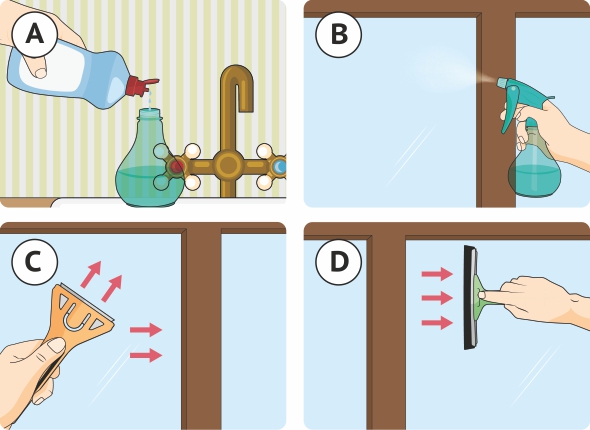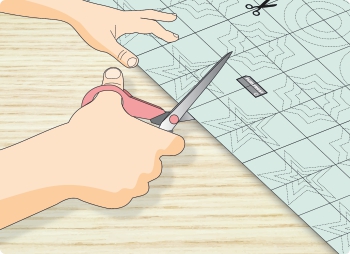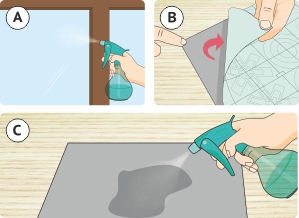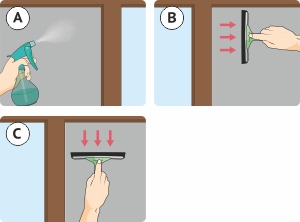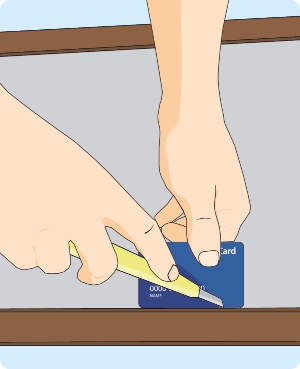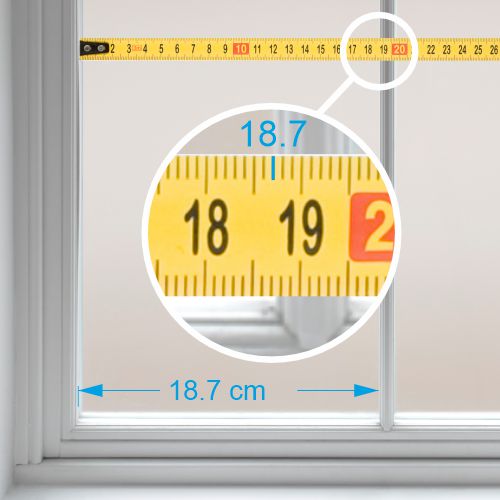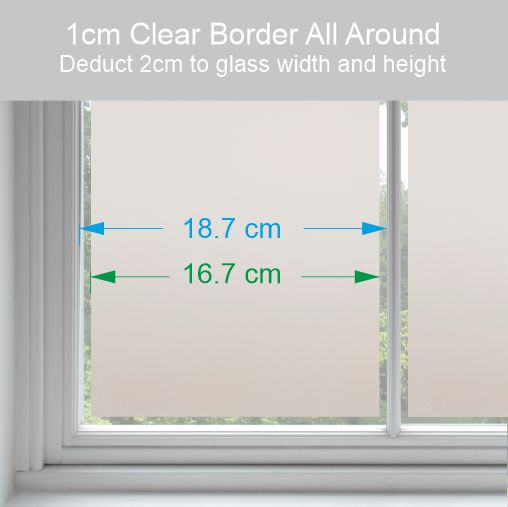
Anti Fade Window Film NUVF 60
Our anti fade window film NUVF 60 is a lightly tinted metalized film designed to reduce excess ultraviolet (UV), visible and infrared (IR) light, all of which are causes of fading to home furnishings, woodn floors, paintings and photographs. This fade protection window film reduces ultraviolet light by 99.5%. The film can be purchased by the metre in a length and width of your choice, or for ease of installation cut to size.
NOTE: No window film can completely prevent fading. For best results, choose a film that also targets visible light and infra red light. As a rule, the darker the film, the more efficient it is at mitigating fading.
Read More
© 2025 Purlfrost All rights reserved





